20 Things That Are Toxic For Your Dog

What seems harmless around the house or in the yard can turn into a serious health risk once a curious nose or eager mouth gets involved. Some dangers lurk in plain sight, while others hide in unexpected places, making awareness key to keeping your pet safe. Knowing what to watch out for can make all the difference, so let’s take a closer look at common hazards that could put your pup at risk.
Chocolate
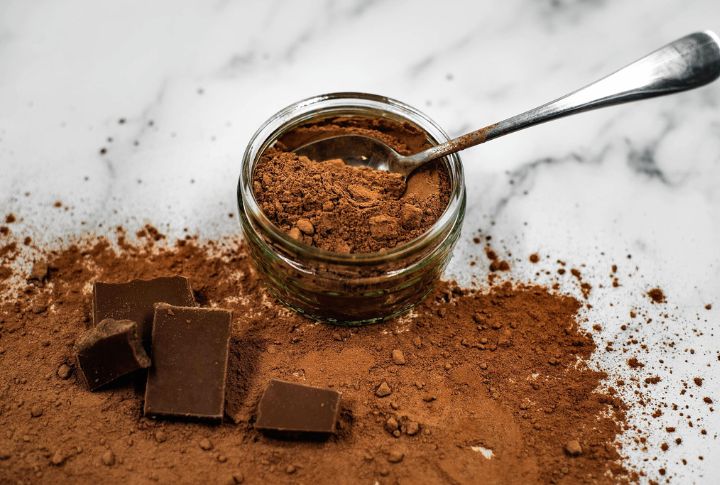
Chocolate might be your guilty pleasure, but it’s a recipe for disaster for dogs. Theobromine, a sneaky stimulant in cocoa, sends their hearts racing and can trigger vomiting, tremors, and seizures. Dark and baking chocolate are the worst offenders, and the symptoms show up fast, so keep those sweets well out of reach.
Grapes And Raisins
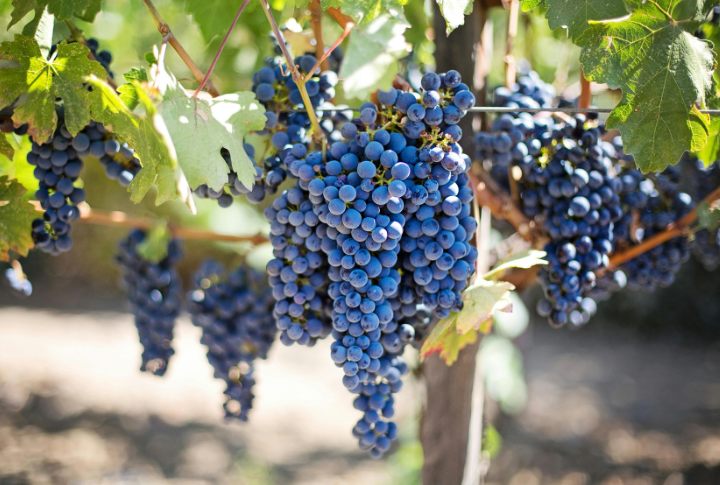
Tiny but treacherous, grapes and raisins can wreak havoc on a dog’s kidneys, yet the exact toxin remains a mystery. Some dogs suffer poisoning from just one, while others show no symptoms. Vomiting and dehydration can appear within hours, with kidney failure developing in two days.
Onions And Garlic
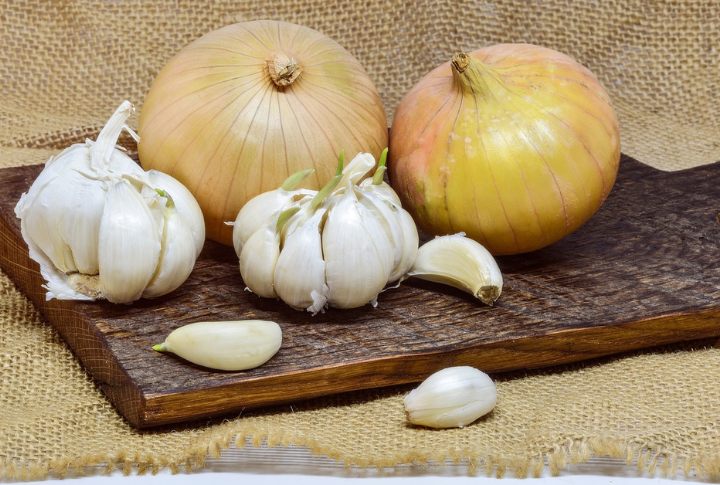
These allium vegetables contain thiosulfate, which destroys red blood cells, causing hemolytic anemia. Symptoms, including weakness and collapse, can take days to appear. Even a small amount, whether raw, cooked, powdered, or in sauces, can be toxic, so if your dog sneaks any, seek veterinary care immediately!
Xylitol
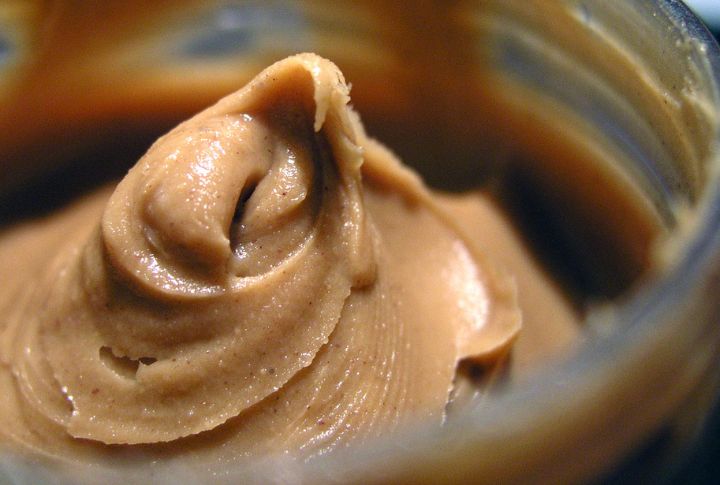
Found in gum, peanut butter, and toothpaste, this sweetener tricks a dog’s body into releasing too much insulin, causing a dangerous blood sugar drop. Within hours, vomiting and liver failure can set in. Therefore, fast veterinary care with dextrose infusions is the only way to counteract its deadly effects.
Macadamia Nuts
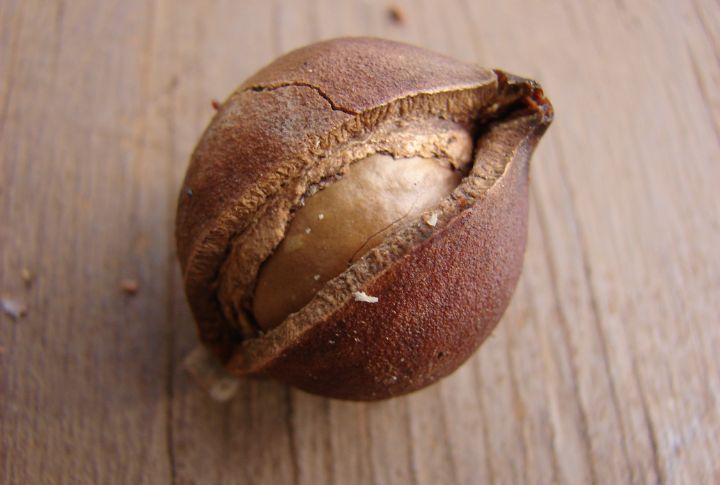
Rarely fatal but highly uncomfortable, macadamia nut poisoning can leave dogs wobbly, nauseous, and in pain within 12 hours. The exact toxin remains unknown, yet symptoms like tremors and weakness can persist for 48 hours. Since even small amounts cause distress, keeping these nuts out of reach is essential.
Alcohol

Did you know dogs don’t have the enzymes needed to break down alcohol properly? Even a tablespoon of stout or fermented foods can quickly lead to vomiting and loss of coordination. In more severe cases, this can advance to respiratory failure and coma.
Caffeine

Caffeine is dangerous for dogs, even in small doses. Found in coffee, tea, sodas, and energy drinks, it overstimulates the nervous system and causes restlessness and abnormal heart rhythms within an hour. Without treatment, symptoms can worsen, so keeping caffeinated drinks far away is essential.
Raw Yeast Dough

If a dog eats raw yeast dough, immediate veterinary care is important to prevent gastric rupture and toxicity. The dough’s expansion inside the stomach causes severe bloating and pain. Additionally, the fermentation produces ethanol, leading to alcohol poisoning with symptoms like weakness and dangerously low body temperature.
Certain Artificial Sweeteners
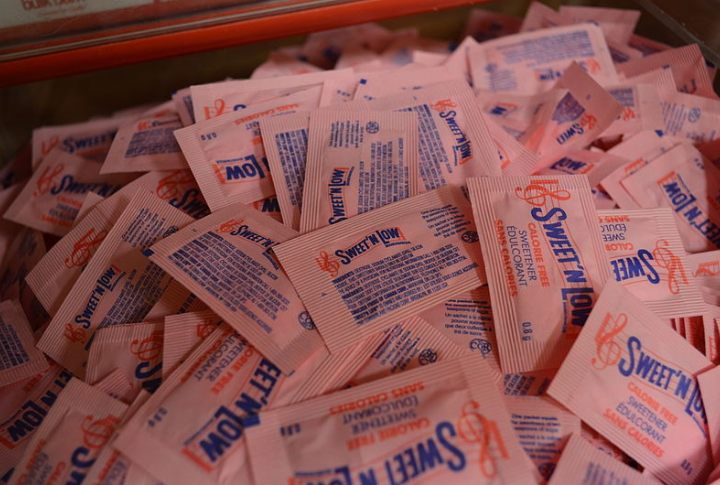
Sugar-free doesn’t mean dog-safe! While xylitol is the worst offender, sorbitol and aspartame can cause major tummy troubles, and saccharin raises cancer concerns. These sweeteners are found in gum and even meds, which trigger drooling, diarrhea, and sluggishness. Always check labels; your pup’s belly will thank you.
Fatty Foods

That extra bite of bacon may seem harmless, but fatty foods wreak havoc on a dog’s digestive system. Greasy meats and fried snacks can trigger pancreatitis, which causes vomiting and stomach pain. Over time, continuous exposure increases the risk of diabetes and organ failure.
Cooked Bones
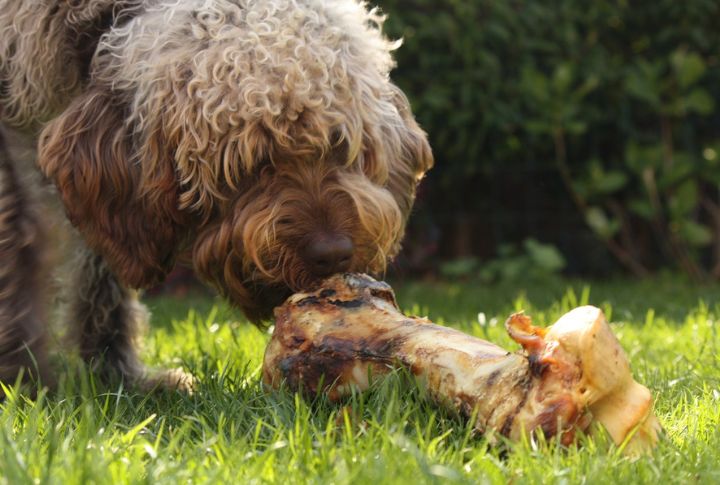
Unlike raw bones, cooked bones splinter easily, turning into sharp, dangerous shards that can tear the digestive tract or cause blockages. Poultry bones are especially risky since they break apart quickly. If your dog swallows one, watch for gagging or constipation.
Avocado
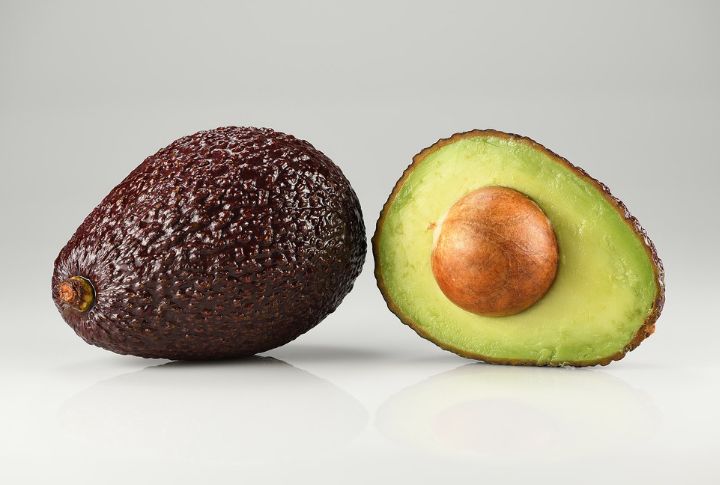
Avocados may be a superfood for you, but they come with risks for dogs. Persin, a toxin found in the skin and pits, can cause vomiting and diarrhea. While small amounts of flesh aren’t as dangerous, swallowed pits pose a major choking and intestinal blockage hazard. So keep the guac to yourself!
Dairy Products
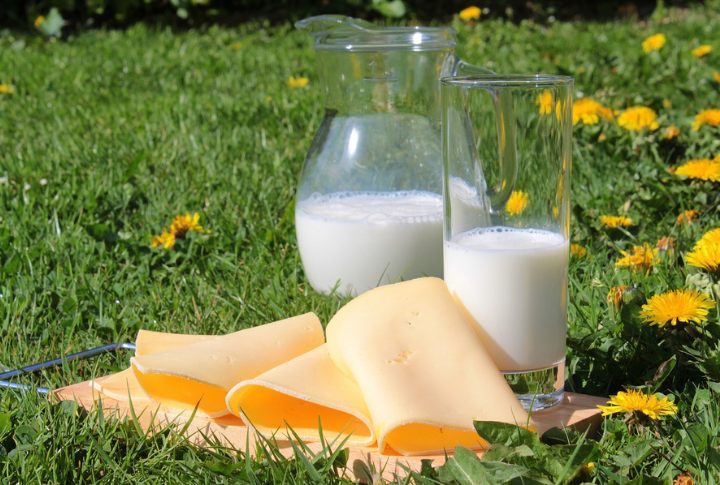
Did you know that most adult dogs are lactose intolerant? Milk or cheese can cause bloating, diarrhea, and gas, making those puppy eyes for a treat a risky gamble. Although not life-threatening, frequent dairy consumption leads to chronic digestive issues. Worse, some plant-based alternatives even contain xylitol.
Moldy Foods
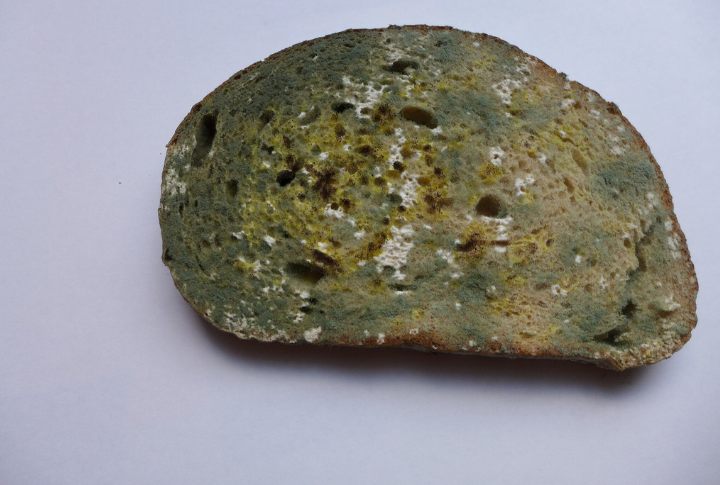
That forgotten slice of bread in the trash isn’t just gross; it could be toxic. Certain molds produce mycotoxins, which trigger muscle tremors and liver damage in dogs. Spoiled nuts and bread are the biggest culprits, so If drooling or twitching begins, vet care is key to prevent lasting harm.
Nutmeg
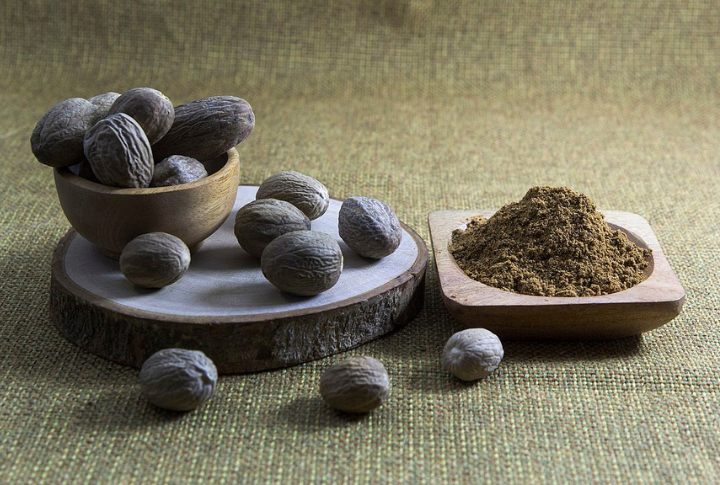
Since nutmeg hides in baked goods and holiday treats, it’s easy for dogs to ingest without warning. This spice contains myristicin, a compound that affects the nervous system, causing hallucinations, tremors, and a rapid heart rate. In severe cases, it leads to disorientation and seizures.
Apple Seeds And Fruit Pits
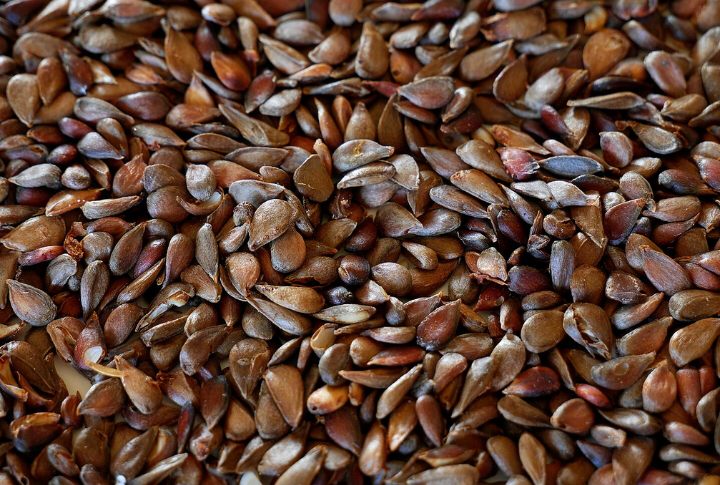
A crunchy apple slice may be fine, but the seeds and pits are a hidden danger. When chewed, peach, cherry, and plum pits release cyanide, disrupting oxygen flow and causing panting and even collapse. If swallowed whole, they can also cause dangerous intestinal blockages—a double threat worth avoiding.
Raw Or Undercooked Meat
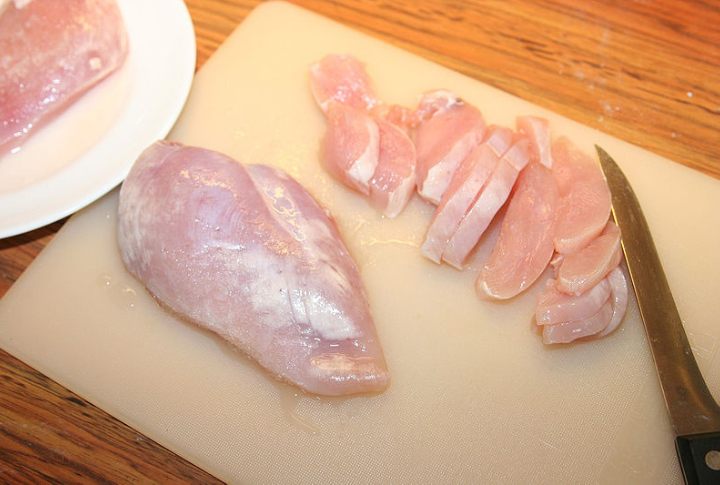
Raw meat isn’t good for humans, and neither is it for dogs when contaminated. Salmonella and E. coli lurking in raw meat can trigger vomiting and severe dehydration. While raw diets are popular, strict food safety measures are essential to prevent dangerous infections.
Salt
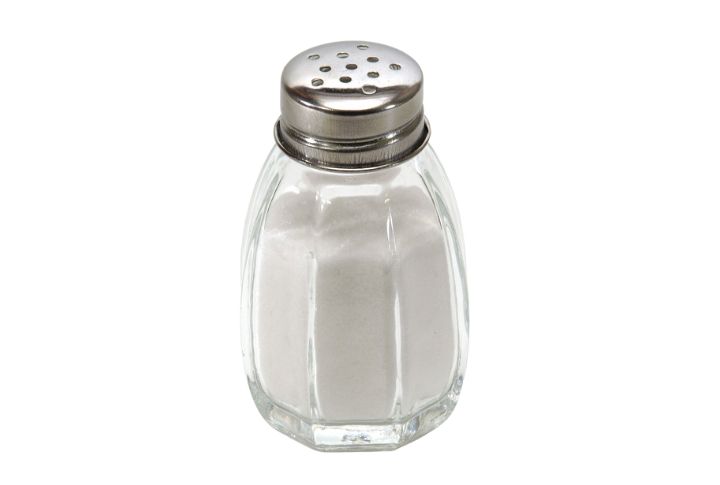
Salty snacks may be tempting to share, but they can spell serious trouble for your dog. Too much salt results in sodium ion poisoning, which causes intense vomiting and kidney failure. Foods like chips and salty meats are hazardous. In severe cases, this can escalate to seizures and coma, so always ensure your dog has constant access to fresh water.
Rhubarb
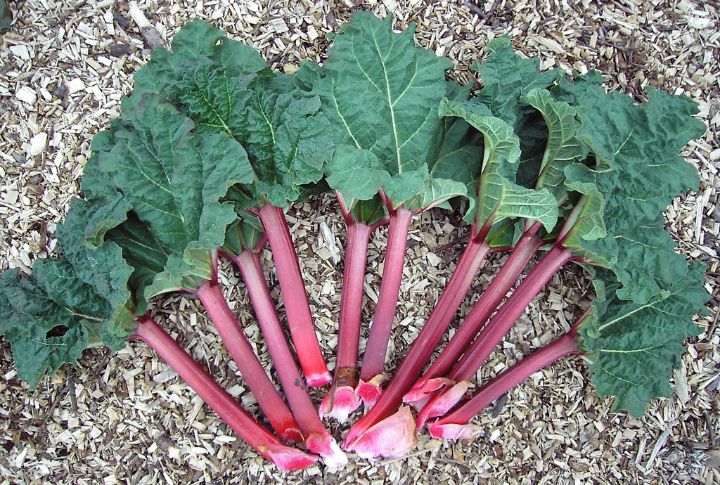
Rhubarb, a tart vegetable often mistaken for a fruit, poses a serious risk to dogs. Its leaves contain oxalates, which interfere with calcium levels and may cause drooling, lethargy, and painful urination. Toxicity risks increase during warmer months, making even small amounts a potential health hazard.
Certain Plants

Beautiful but deadly plants like azaleas, sago palms, and lilies pose a serious risk to dogs. When ingested, they can cause vomiting and organ failure. Even more alarming, brushing against lily pollen can result in fatal kidney damage. So, keep these toxic plants out of reach.





